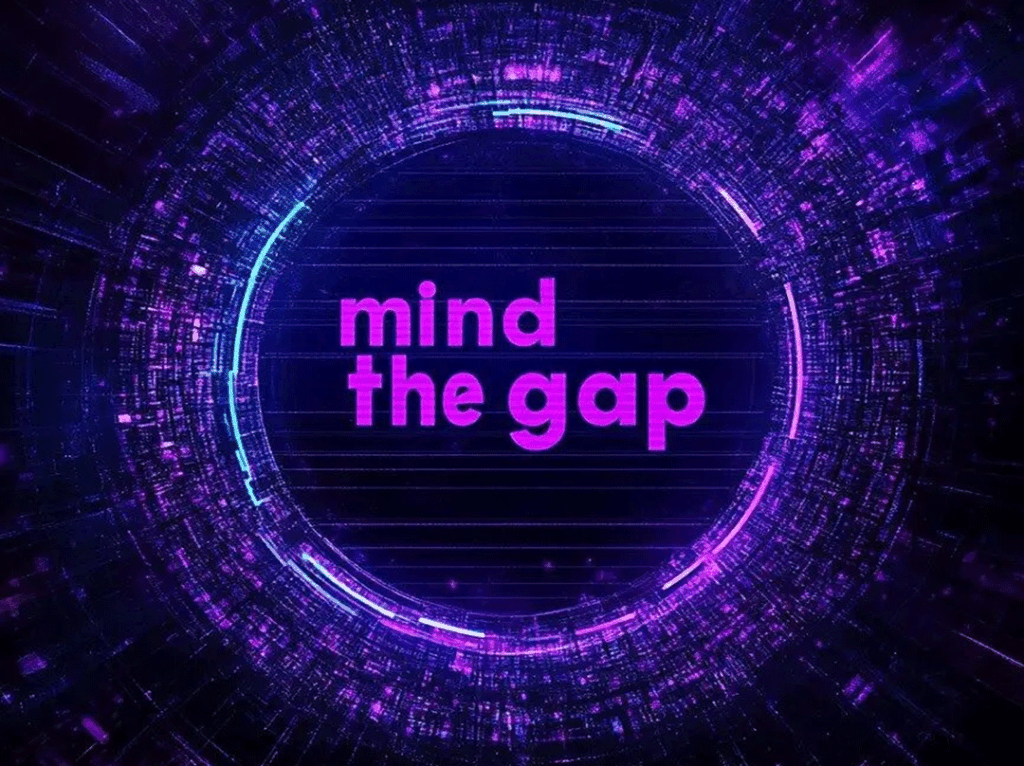5 medical applications for VR & AR
Following on from digital diagnostics and patients, mobile health, big data and the Internet of Me, the 5th edition of the e-Health Day immersed us in virtual reality (VR) and augmented reality (AR ). A veritable societal phenomenon, this technology is well known for having taken over the leisure sector in particular. But what about applications in healthcare? This was the question addressed by the event, which, through the sharing of concrete case studies, provided a relatively exhaustive overview of the issues and challenges involved. As a partner of the event, Alp ICT is pleased to share with you a selection of innovative clinical and therapeutic practices made possible by immersive technologies.
1) Pain
Professor Spiegel, Director of Health Services Research and Professor of Medicine and Public Health at UCLA, leads the largest VR medical experience program at Cedars-Sinai Medical Center. The idea was initially to enhance the patient's experience in the hospital room by taking them on a journey using VR (different visualizations are available and adapted on a case-by-case basis). Statistics from 500 patients show that the VR experience reduces pain to a greater extent than 2D. Some tests have even shown that using VR in a hospital room improves patient symptoms, sleep and hospital stay . These results are better than the effects of conventional treatment or therapy. More and more studies are being carried out, with a view to obtaining more solid data in the near future.
2) Neuropathy
New medical applications for the treatment of neuropathic pain were presented by Bruno Herbelin, Deputy Director of the Center for Neuroprosthetics at EPFL. By combining neuroprostheses, knowledge of cognitive sciences and immersive technologies, new solutions are being developed, particularly in the field of body illusions. The "Rubber Hand illusion", which consists in the integration of a virtual hand as one's own, has a psychological impact, namely the subjective sensation of possessing this external limb. In this way, VR-related neuroprostheses enhance the perception and sensation of the phantom limb of an amputee. This illusion is also used to treat CRPS (Complex Regional Pain Syndrome), by virtually disembodying the painful limb, thus making the pain disappear.
3) Surgery
Augmented reality enables much more precise automated surgery, starting with assistance and moving towards increasingly complex support. As Luc Soler, Director of R&D at IRCAD and PAST Professor at IHU, showed us, VR & AR enhance the surgeon's gesture, vision and, soon, even cognitive abilities.
Henrique Galvan Debarba, senior researcher at the Artanim Foundation, is working on the HoloMed project: a holographic AR tool for surgery that enables real-time visualization and analysis of anatomy in motion, which in the long term aims to be used in the operating room.
4) Mental disorders
A number of current research projects are testing the possibility of confronting phobics with their fears via VR. CBT (cognitive behavioral therapy) - which treats an ailment by immersing the patient in a situation - is recognized for its effectiveness compared to other available treatments. Today, however, immersive technologies enable us to go even further, according to Dr. Eric Malbos, psychiatrist and specialist in virtual reality treatment at CHU Conception. Virtual reality exposure therapy" treats a variety of pathologies (eating disorders, addiction, schizophrenia, OCD, anxiety disorders and various phobias). Reality is replaced by artificially created stimuli. The benefits are numerous, including a controlled indoor environment, reduced unpredictability, time savings and lower costs.
5) STROKE
MindMaze and Lambda Health System are two Swiss companies developing rehabilitation devices for people with locomotor disabilities following a stroke. Immersive technologies can be used to improve motor impairment. The therapist's expertise, combined with the precision of a learning-mode robot, increases the intensity of training. This personalized assistance can be combined with a game in a virtual environment for its motivational qualities, but also to enhance motor learning. This is what the Lambda robot offers (VR combined with a haptic rehab robot), which also demonstrates that our 5 senses - and not just the visual - promote immersion in virtual reality.




